-
Water Cooling Line Scan Light (3LINP)
1.Steel plate inspection. 2.Glass inspection. 3.Metal surface inspection. Send Inquiry -
Ultra-bright Line Scan Light (4LINH)
1.Steel plate inspection. 2.Glass surface inspection. 3.Metal surface inspection. Send Inquiry -
Ultra-bright Line Scan Light (3LINH)
1.PCB surface inspection. 2.Li battery coating defect inspection. 3.Leather surface defect inspectio Send Inquiry -
High Uniformity Line Scan Light (4LINS)
1.Printing packing inspection. 2.Plastic parts defects inspection. 3.Ceramic tile pattern inspection Send Inquiry -
Natural Cooling Line Scan Light (4LINV)
1.Steel plate inspection. 2.Glass plate inspection. 3.PCB board inspection. Send Inquiry -
High Uniformity Line Scan Light (2LINS)
1.Printed packing inspection. 2.Tile pattern inspection. 3.Metal surface defect inspection. Send Inquiry -
4 Generation Line Scan Light (4LIN)
1.Steel plate inspection. 2.Glass plate inspection. 3.PCB board inspection. Send Inquiry -
Compact Line Scan Light (4LINL)
1.Fabric pattern lines inspection. 2.Dust inspection on the surface of glass panels. 3.Contour edge Send Inquiry -
Mini Line Scan Light (3LINR)
1.Displayer surface dusty inspection. 2.Paste label surface defect inspection. 3.Packaging carton lo Send Inquiry -
Coaxial line scan light (LTS-4COXL/4COHL/3COHL/4COSL)
1.PCB inspection. 2.Mobile screen inspection. 3.Steel plate inspection. Send Inquiry -
Oblique Line Scan Light(4LIT)
1.Textile fabric inspection for wrinkles. 2.Carton inspection for loose threads. 3.Film inspection Send Inquiry -
Double Angle Oblique Light (2LIND)
1.Transparent plastic surface defects. 2.PET film scratch inspection. 3.Metal foil embossing. Send Inquiry
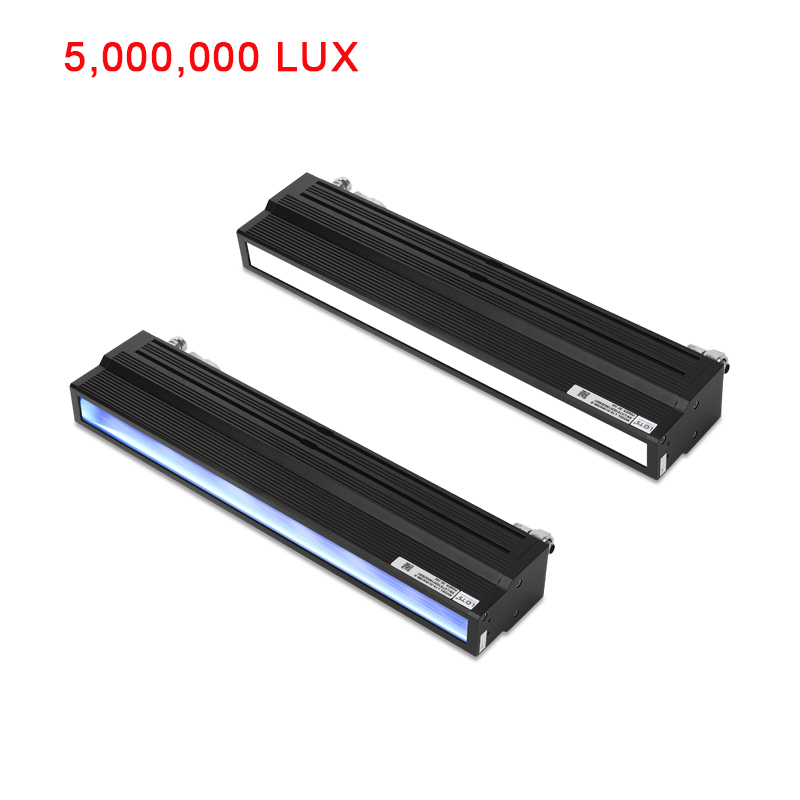
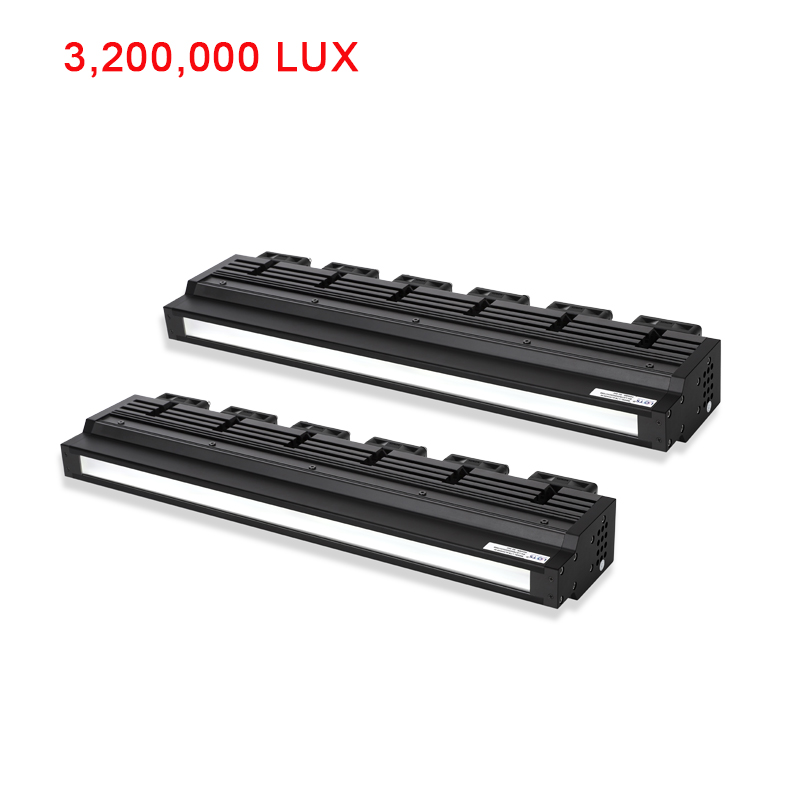
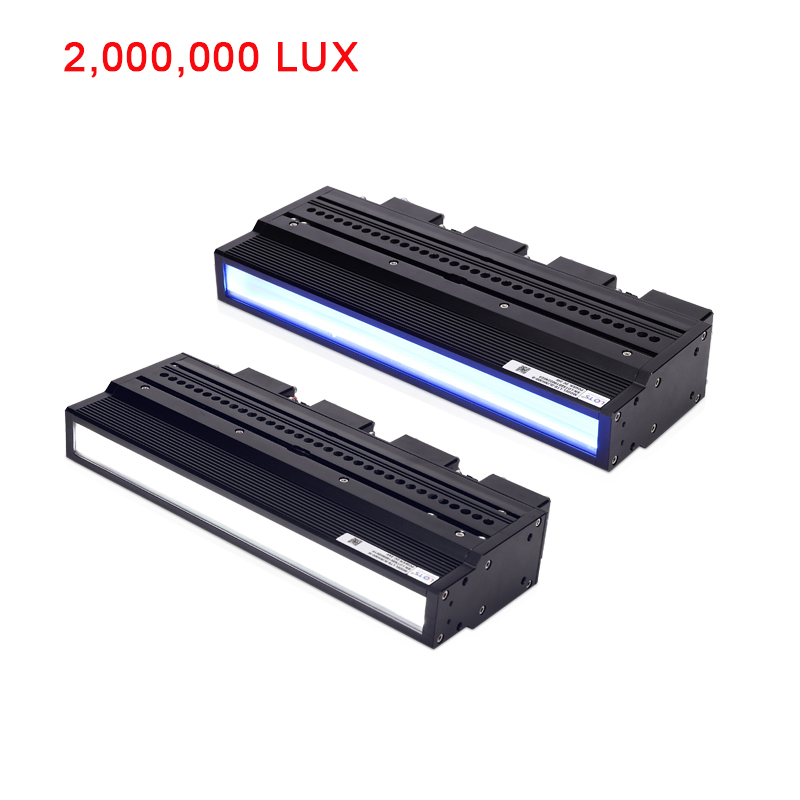
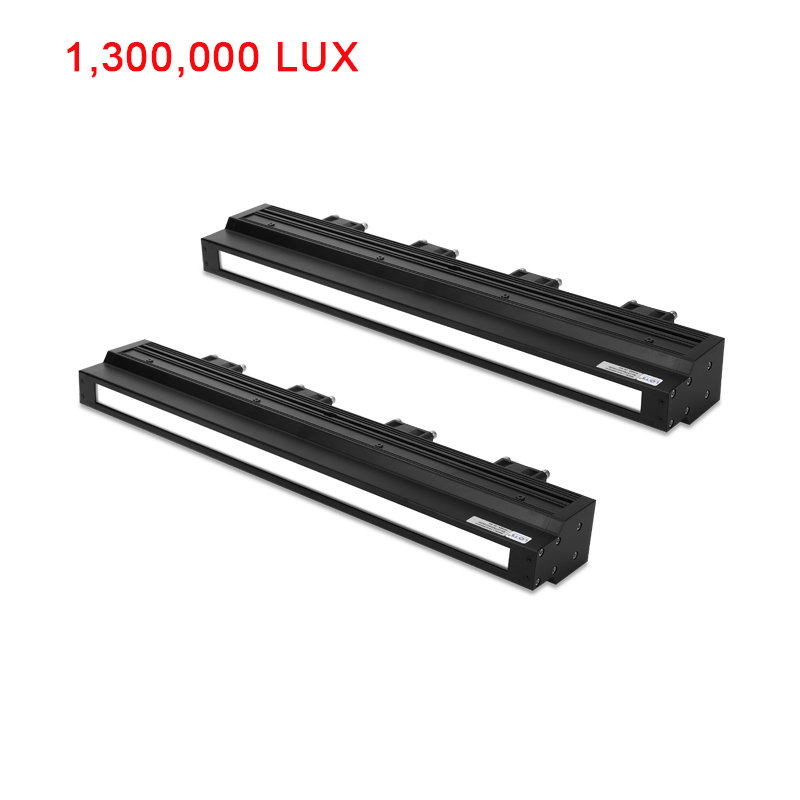
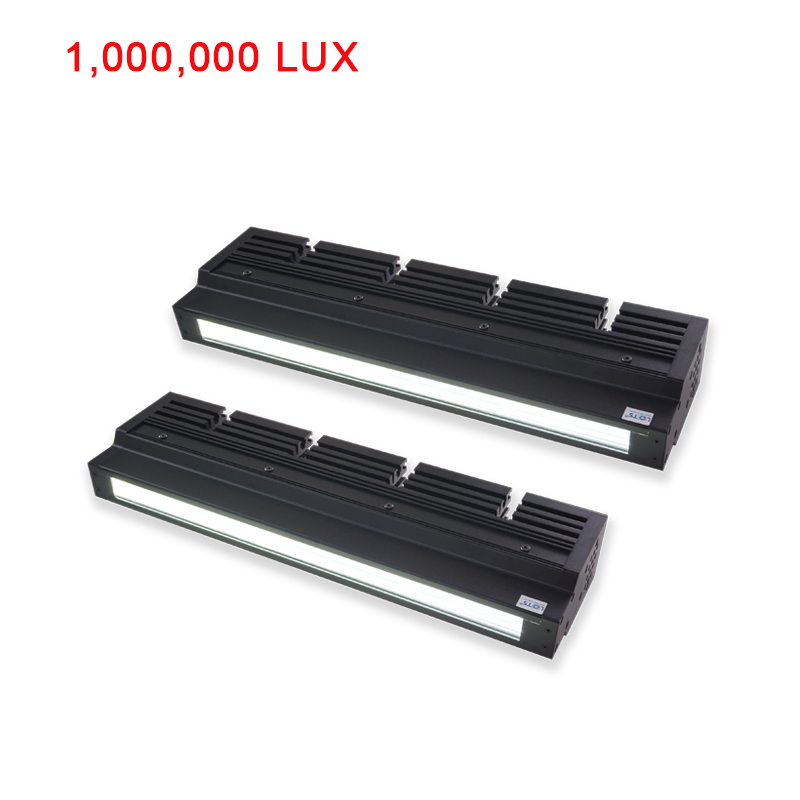
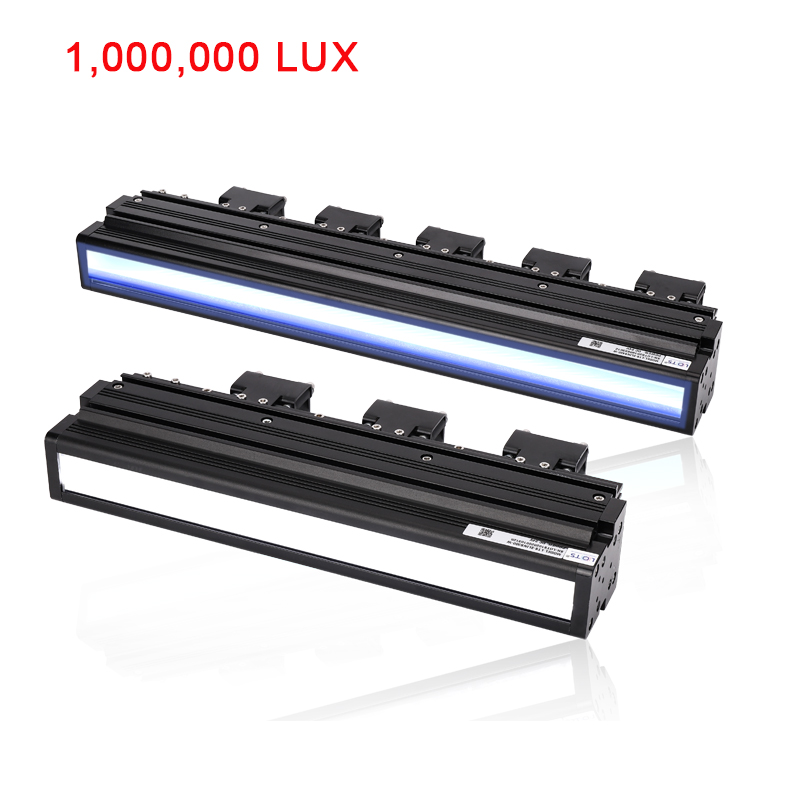
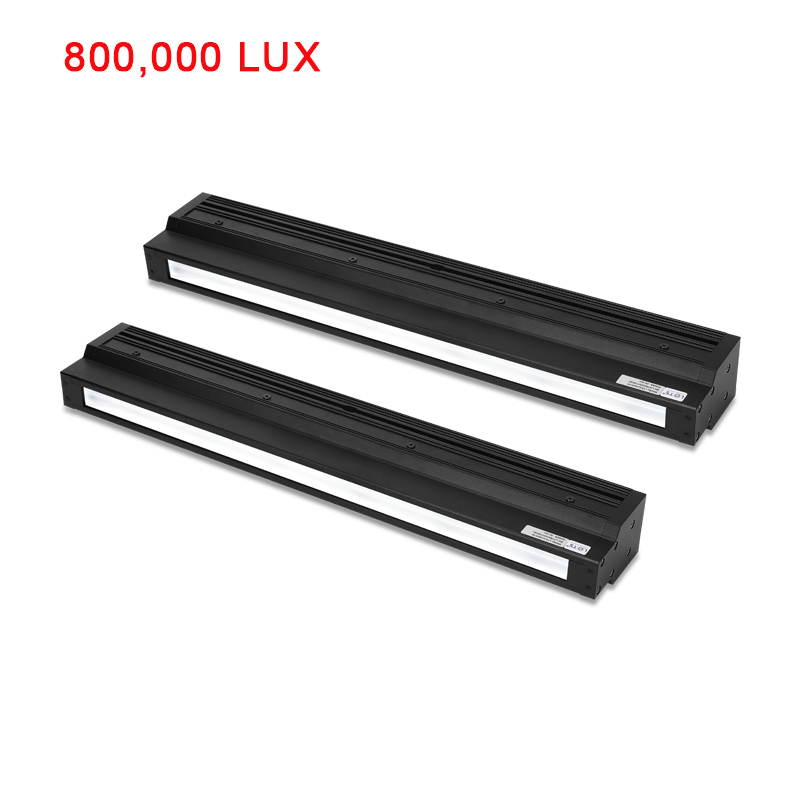
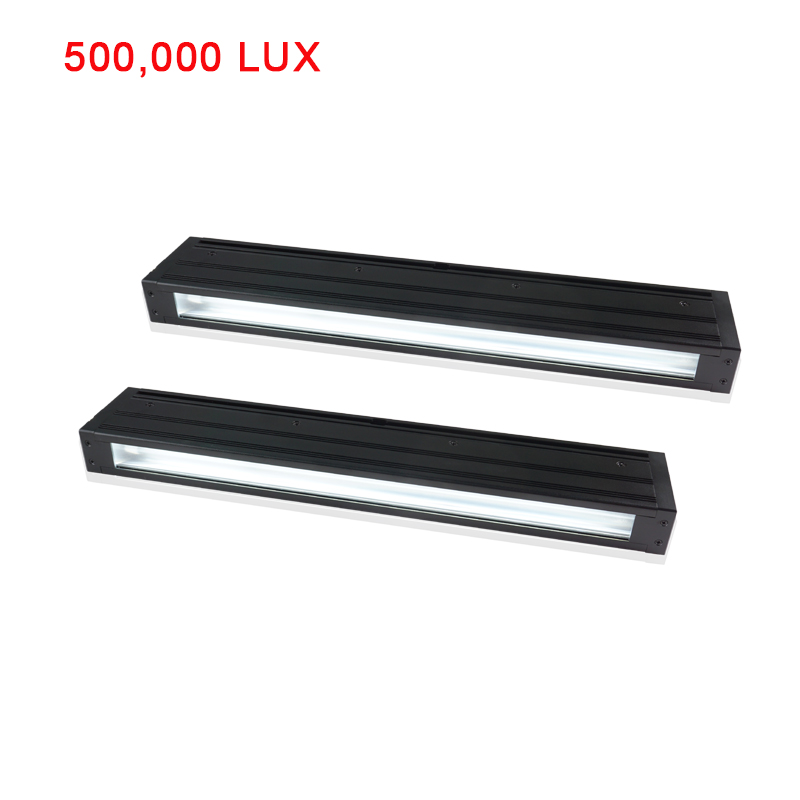
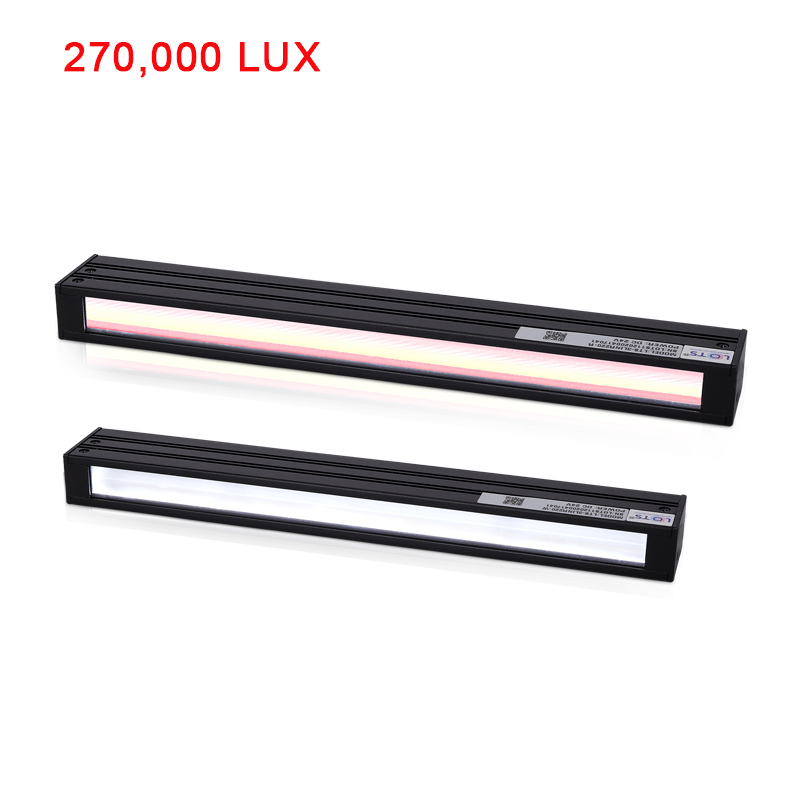
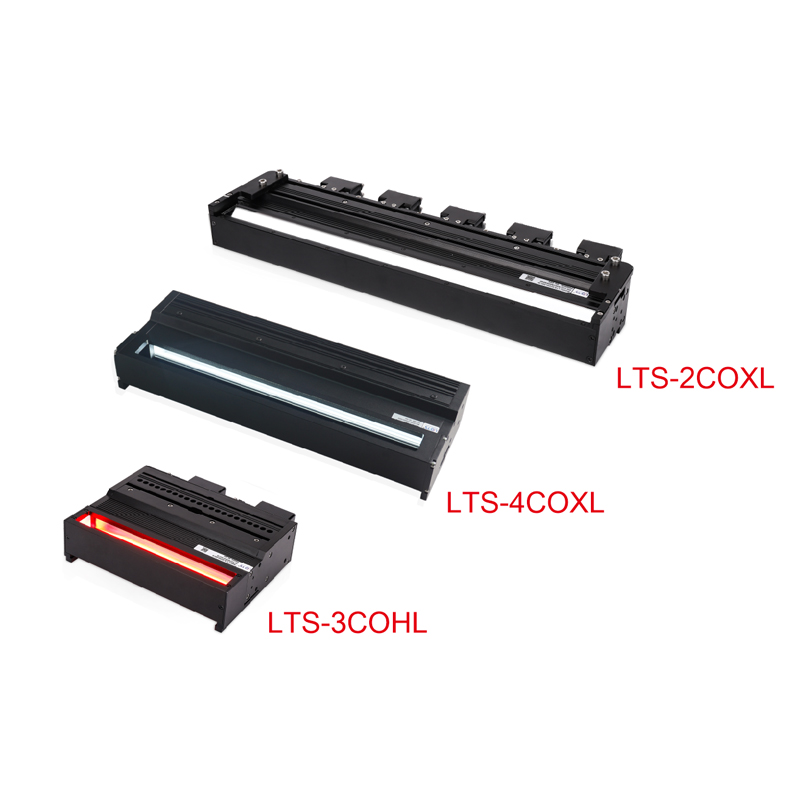
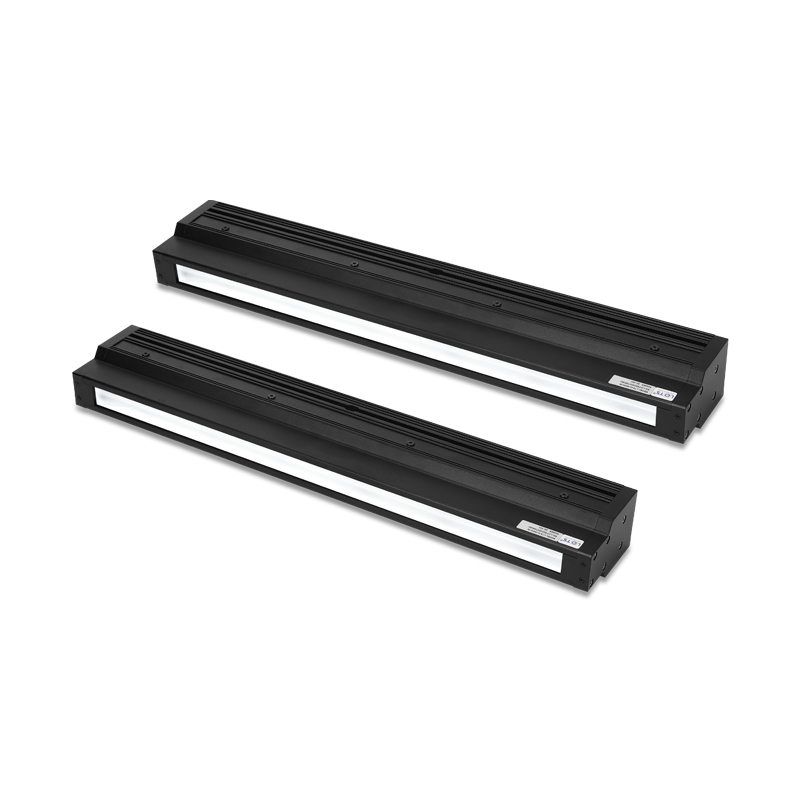
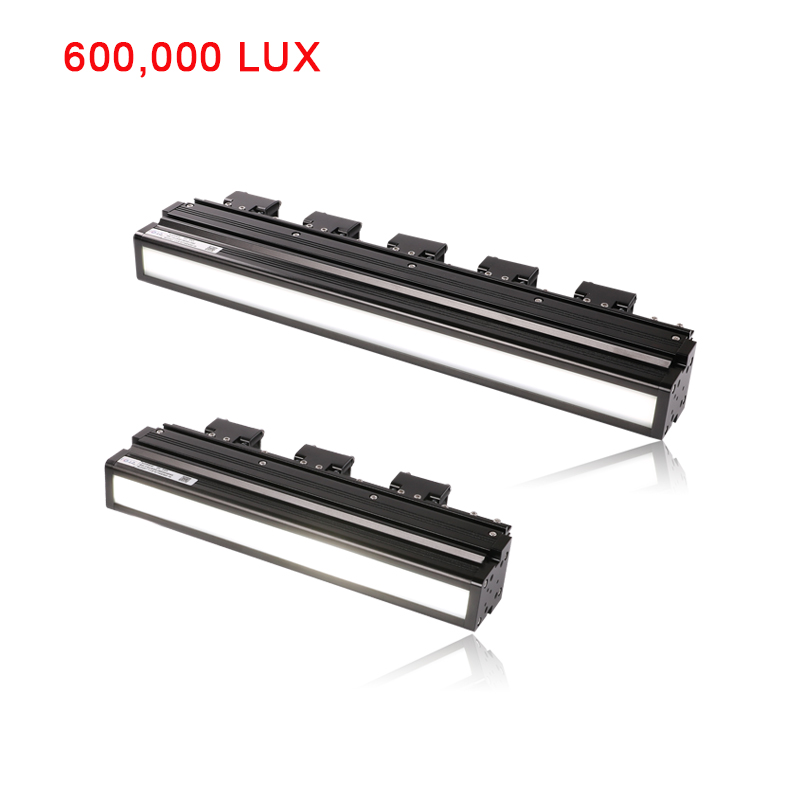



 Ms.Cici
Ms.Cici 
 8618319014500
8618319014500